Jesse W. Beams 1898 - 1977
 Jesse Wakefield Beams was born in Belle Plains, Kansas in 1898. He
earned his bachelor's degree from Fairmont College (now Wichita State
University) in 1921, and a Masters Degree in Mathematics from the
University of wisconsin in 1923. After teaching math and physics for
a year at Alabama Polytechnic Institute (now Auburn University), he
decided on a career in physics. He received a Ph.D. in physics from
the University of Virginia in 1926. Dr. Beams spent the next three
years working with E. O. Lawrence, who was later to win the Nobel
Prize in Physics. They performed experiments relevant to the
quantized nature of light, and then spent a year in Europe conducting
further studies. Beams then returned to the University of Virginia,
where he remained on the faculty until his death in 1977.
Jesse Wakefield Beams was born in Belle Plains, Kansas in 1898. He
earned his bachelor's degree from Fairmont College (now Wichita State
University) in 1921, and a Masters Degree in Mathematics from the
University of wisconsin in 1923. After teaching math and physics for
a year at Alabama Polytechnic Institute (now Auburn University), he
decided on a career in physics. He received a Ph.D. in physics from
the University of Virginia in 1926. Dr. Beams spent the next three
years working with E. O. Lawrence, who was later to win the Nobel
Prize in Physics. They performed experiments relevant to the
quantized nature of light, and then spent a year in Europe conducting
further studies. Beams then returned to the University of Virginia,
where he remained on the faculty until his death in 1977.
Dr. Beams' contributions include construction of the first linear electron accelerator, development of the magnetic ultracentrifuge and application of the ultracentrifuge to the separation of Uranium isotopes. He was chairman of the Physics Department from 1948 to 1962 and president of the American Physical Society from 1958 to 1959. From then, early 1960 until his death in 1977 he collaborated with Dr. Donald Kupke on the biological applications of his work. Dr. Beams also devised a more accurate apparatus for measuring G, the universal gravitational constant.
 Beams' awards include
the National Medal of Science and accompanying
certificate,
the Howard N. Potts Medal for distinguished
work in science or the mechanical arts, and medals
from the Atomic Energy Program,
the Atomic Energy Commission, and
the President of the United
States. To the right (or in the neighborhood of this paragraph) is a
photograph of Dr. Beams receiving an award from President Johnson.
Beams' awards include
the National Medal of Science and accompanying
certificate,
the Howard N. Potts Medal for distinguished
work in science or the mechanical arts, and medals
from the Atomic Energy Program,
the Atomic Energy Commission, and
the President of the United
States. To the right (or in the neighborhood of this paragraph) is a
photograph of Dr. Beams receiving an award from President Johnson.
This is a scanned copy of an exposition designed and assembled by
the physics majors and Sigma Pi Sigma members of the Class of 1981,
- William E. Vanderlinde
- Michael D. Williams, and
- Wteven W. Mussey
- Michael Epaminondas, and
- George W. Plum
 Physics at Virginia
Physics at Virginia